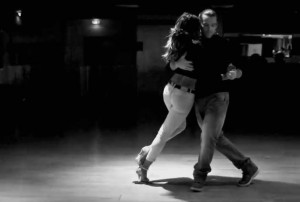Dear friends!
We all heard of Salsa, Merengue, Bachata – these Latin Club dances are around for decades. Today we would like to show you a sample of new quite interesting genre of couple dancing called Kizomba. Surprisingly it comes from Angola, Africa and looks to me like a mix of walks from Argentine tango and sensual hip motion and body action reminding all known Latin dances blended nicely with African rhythms. Getting more and more popular all over the world.
Below you can find some scars facts about the music and dance that Wikipedia has in store, but better skip the theory and check the video – you will like what you see.
Kizomba is one of the most popular genres of dance and music originating in Angola. It is a derivative of traditional Angolan semba with zouk and compas music from the French Caribbean Islands. On this basis, Kizomba music emerged as a more modern music genre with a sensual touch mixed with African rhythm. Unlike Semba, Kizomba music is characterised by a slower and usually very romantic rhythm, sung generally in Portuguese.
Kizomba is an evolution of the traditional semba dance of Angola, however, it is evident that kizomba dance as we know it today evolved after the vogue of kizomba music. Since the 1950s, Angolan people used to dance semba. This tradition remained unchanged even when the group Kassav from the French Caribbean island of Guadeloupe came to perform zouk music in Angola in the 1980s. In the 1990s, when the actual kizomba music got more and more popular, Angolan semba dancers started to adapt their semba steps according to the tempo and flavour of the Kizomba/zouk beats.
At the beginning of its development, Angolans were dancing semba at a slower tempo according to the beat of the Kizomba music. Technically speaking, semba danced romantically to Kizomba music is the basis of the Kizomba dance There is a considerable difference between Kizomba “the music” and Kizomba “the dance»: Kizomba “the dance from Angola” has no zouk influences. Kizomba “the music” has zouk influences from Guadeloupe and Martinique.

